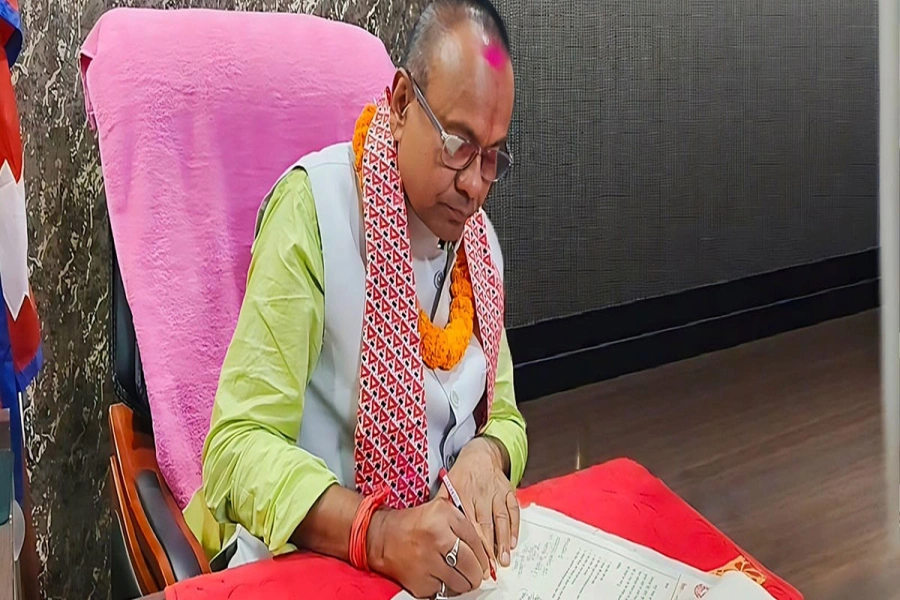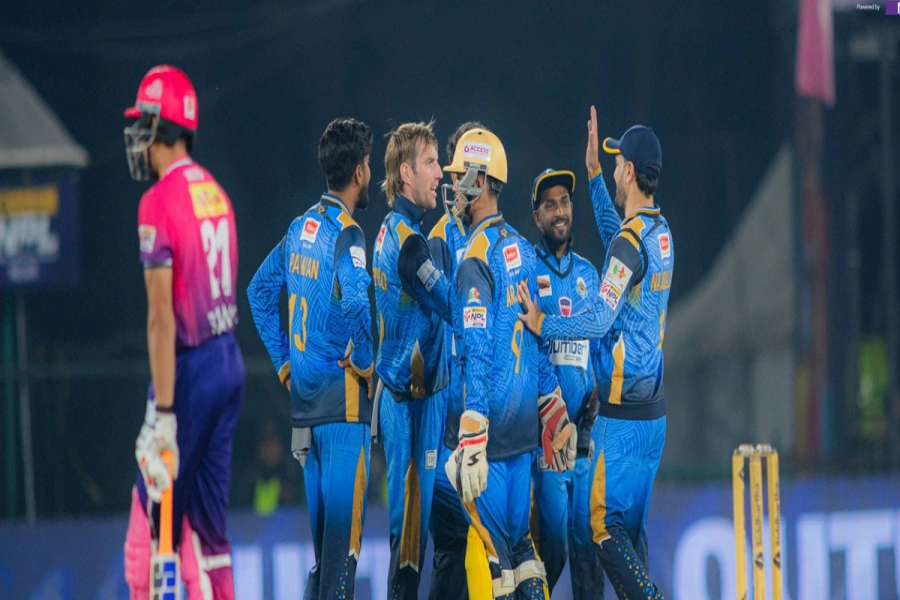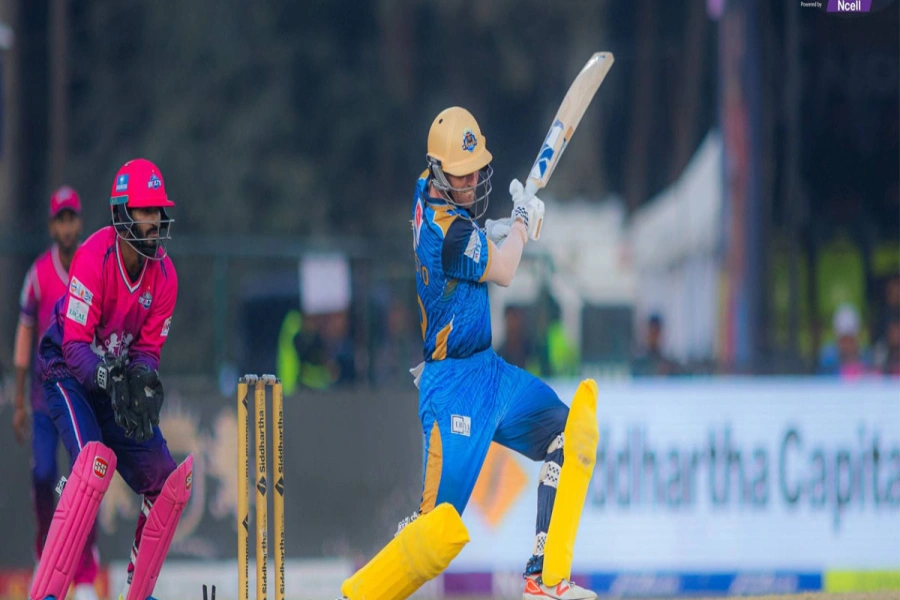Dumb phones -- handsets that just make calls and send texts were set to disappear as technology moved on, but they have survived in emerging markets and among nostalgics of simpler devices in the West.
Their continued appeal was underscored on Sunday in Barcelona on the sidelines of the Mobile World Congress, the world’s biggest mobile expo, as Nokia unveiled a revamped version of its iconic 3310 model, more than a decade after it was phased out.
Dumb phones remain useful to telecoms operators to relaunch or accelerate mobile phone use as they are relatively inexpensive, said Julien Miniconi, a telecoms expert at consulting firm Wavestone.
“It makes sense especially in countries where the network is not great,” he added.
Last year 1.5 billion smart phones were sold around the world, according to research firm Gartner.
But the dumb phone market is still significant, with nearly 400 million sold in 2016.
In certain emerging markets such as India, their sales still outstrip smart phones.
Basic phones accounted for over 55 percent of all mobiles sold the third quarter of 2016 in the world’s second most populous country, according to the International Data Corporation, a market research firm.
And dumb phone sales are continuing to rise in this major market by about four percent per year.
Best budget Smart Phones under Rs 20,000 in Nepal

Deluge of emails
Even in developed nations where the telecoms market is mature, the phones continue to sell.
“Today they are niche markets, either for those looking for vintage or for those who are anti mobile internet or old people,” said Thomas Husson, a mobile analyst at Forrester, a research group.
Young kids also use them as a first phone. Some people use them as secondary phone to lend to visiting friends and family from another country and avoid roaming charges.
Within any age group, it’s not hard to find people who refuse to join the smart phone revolution.
“I have no interest in a smart phone -- it’s expensive, fragile and I don’t see the use for it,” said Sandrine, 39, a Paris-based illustrator.
“There is also the whole commercial aspect as well, with the need to update phones all the time, without mentioning the opacity of work conditions in China” where many smart phones are made, she added.
Halo effect'
Germany’s Deutsche Telekom includes several basic phones in its catalogue to meet the needs of clients “who just want to be reachable”, said a spokeswoman for the operator.
Nokia’s original 3310 sold nearly 120 million units worldwide, making it one of the world’s best-selling mobiles, but it is unlikely the revamped version unveiled Sunday, which includes internet access, will post similar sales.
HMD Global, the Finnish start-up which bought the rights to the Nokia brand last year and is making the phones, is seeking publicity for the three other smart phones which it unveiled alongside the new 3310, said Forrester analyst Thomas Husson. “It is a way to create a halo effect around the other models by reviving talk about the Nokia brand,” he said.
Ian Fogg, head of mobile at research firm IHS, said that HMD, as a start-up, “needs to leverage the warm memories (of the 3310) and show that they are innovating too. They don’t want to be seen as a heritage brand.”








































